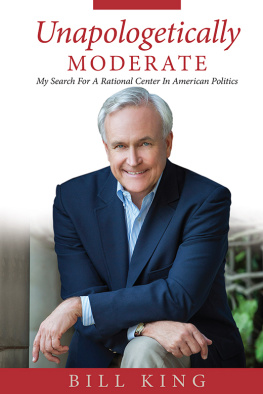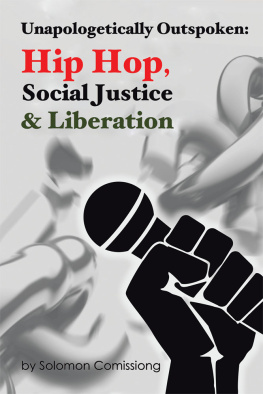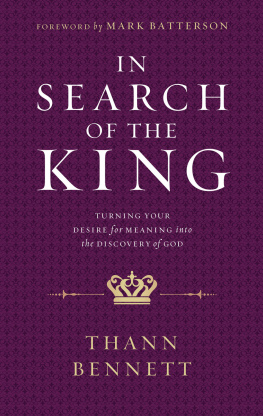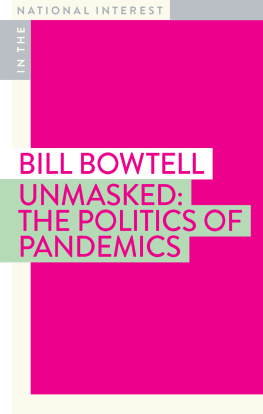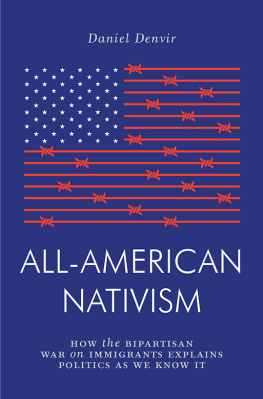2365 Rice Blvd., Suite 202
Houston, Texas 77005
Copyright 2014 Bill King
No part of this book may be reproduced in any form or by any electronic or mechanical means, including information storage and retrieval devices or systems, without prior written permission from the publisher, except that brief passages may be quoted for reviews.
ISBN: 978-1-939055-89-7
10 9 8 7 6 5 4 3 2 1
Library of Congress Cataloging-in-Publication Data on file with publisher.
Editor, Fritz Lanham
Design, Marla Y. Garcia
Cover image by Gittings
Printed in Korea through Four Colour Print Group
I came to journalism borne on a strong wind, or at least worried about one.
After earning a bachelors degree and a law degree, both from the University of Houston, I practiced law and managed businesses for some 40 years in the Bayou City. Almost all of these professional pursuits had a substantial interface with government at one level or another. Perhaps I was drawn to them because I have had a strong interest in political science for as long as I can remember. In any event they gave me a window on how public policy works in the real world in a number of different settings.
What I found time and again is that public policy issues are frequently complex and nuanced and that for the most part policymakers are not. They are frequently driven by ideology or, even worse, some passing political passion. I saw that dynamic on steroids in the savings and loan industry collapse during the 1980s and 1990s.
My foray into the world of journalism and writing editorial essays was complete serendipity. In the mid-1990s I decided to run for public office. After a couple of false starts I was elected to the city council in Kemah, my hometown. In 2001 I became the mayor.
The next year a hurricane named Lili threatened the Texas coast. It was tracking across the Gulf of Mexico to make landfall somewhere in the Houston area. It was then that I learned that as mayor I was responsible for emergency management in the city, including its potential evacuation.
The storm was forecast to be Category 3, which would have flooded a good portion of Kemah. While the storm seemed to be heading straight for us, forecasters believed that a cold front coming in from northwest would push it to the east into Louisiana. Nonetheless it seemed prudent to look at my towns contingency plan.
Only problem? There was none. I contacted the county and state and found they did not have much of a plan either.
As Lili churned across the Gulf, still heading straight for us, she unexpectedly mushroomed to a Category 4 storm. If she did not take the turn to the east, we were sitting ducks. Fortunately the storm did turn as forecasters had predicted and hit along a relatively sparsely populated area of the Louisiana coast.1
But the experience left me shaken. If Lili had not turned and weakened and instead had slammed into our area as a Category 4 storm, it would have been an unmitigated disaster. Thousands would have been killed and most of my town wiped out. I was not about to be caught in that situation again with no plan.
So I began visiting regional and state officials to try to find out if there were any plans. Basically there were not. The Texas Department of Public Safety, charged with emergency management at the state level, gave me their 30-page evacuation plan for the Houston area. I discovered my police chief had never seen it. Nor could I find anyone else who had either.
The first two pages contained some general instructions about how various law enforcement agencies were to man and direct traffic at various key intersections throughout the region. The last 28 pages were a list of those intersections and the agency assigned to them.
And that was it. There was no plan to contraflow the freeways. I was told the state had studied contraflow and concluded it would not work. That was somewhat surprising since every other state on the Gulf Coast had an extensive contraflow plan in the event of a hurricane evacuation.
No one had given any serious thought to how nursing homes or hospitals would be evacuated. No thought had been given to those who did not have vehicles. No one had considered how people would evacuate their pets or how they might react to being told their animals had to be left behind.
All of these turned out to be tremendous problems in the disastrous Hurricane Rita evacuation just a few years later.
So I spent a good part of the next two years meeting with regional and state officials expressing my concerns. I wrote letters, proposed possible solutions, studied other states plans and shared those with our officials. For the most part just about everyone blew me off. I was frequently accused of being the Chicken Little of hurricanes.
So I did what we Americans do when our government is not doing its job. I went to the press.
Not understanding much about the opinion pages of a newspaper, I drafted an essay that ran nearly 2,000 words, far longer than most papers will consider. In it I compared the risk of another September 11-type terror attackand the money we were spending to prevent thatto the risk of a major hurricane and our almost nonexistent efforts to mitigate that risk. I titled the piece The Other 9-11.
In August 2004 I submitted simultaneously to the Galveston Daily News and the Houston Chronicle. A few days later a junior editor from the News called to tell me the piece was too long and I would need to cut it down to 600 words. I was attempting to do that a couple of days later when I got a call from the Chronicle saying they wanted to run the piece in its entirety on Sunday, September 12. They also told me that it would be the cover of the Chronicles Outlook section and that they would like for me to meet with the editorial board on the subject.
The week after it was published I went to the Chronicles offices in downtown Houston. I had dealt fairly extensively with the press in my businesses and as mayor, but I had never had a formal meeting with an editorial board and was not sure quite what to expect. Entering the room was somewhat intimidating. There were about a half dozen editorial writers and a couple of reporters. Jeff Cohen, the papers editor, presided. He began by announcing to the group that he thought my op-ed was one of the best he had ever seen and that he was really pissed off that a lawyer had written it.
So began what has now been nearly a decade-long friendship, mentorship and collaboration. From the beginning Jeff believed I could write and encouraged me to do so. Over the next several years, I wrote an occasional op-ed for the Chronicle. Eventually that evolved into a weekly, then bi-weekly, column, plus occasional unsigned editorials.

